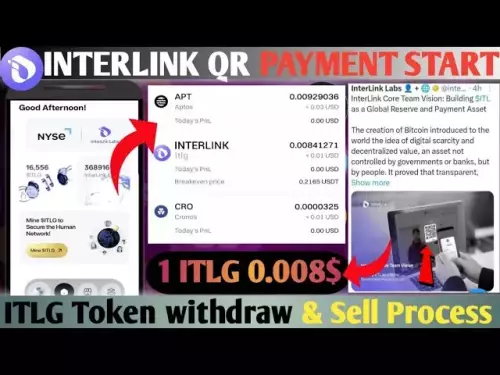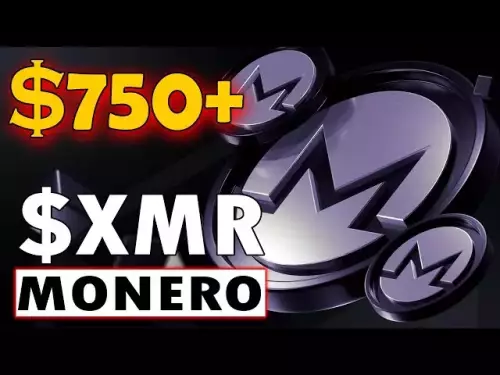-
 bitcoin
bitcoin $107208.295278 USD
-1.54% -
 ethereum
ethereum $3874.629914 USD
-1.38% -
 tether
tether $1.000440 USD
0.03% -
 bnb
bnb $1089.465513 USD
-5.53% -
 xrp
xrp $2.327672 USD
-1.65% -
 solana
solana $184.766505 USD
-0.73% -
 usd-coin
usd-coin $1.000076 USD
0.02% -
 tron
tron $0.310632 USD
-1.99% -
 dogecoin
dogecoin $0.187615 USD
-1.60% -
 cardano
cardano $0.633389 USD
-2.75% -
 ethena-usde
ethena-usde $0.999553 USD
0.03% -
 hyperliquid
hyperliquid $35.608231 USD
-4.13% -
 chainlink
chainlink $16.876114 USD
-3.98% -
 stellar
stellar $0.312239 USD
-0.91% -
 bitcoin-cash
bitcoin-cash $473.262969 USD
-7.09%
Should I leave the market immediately when the Yin-envelope Yang pattern appears?
The Yin-envelope Yang pattern in crypto trading suggests a possible downtrend reversal, but its reliability depends on volume, market context, and confirmation from indicators like RSI or MACD.
Jun 27, 2025 at 11:01 pm
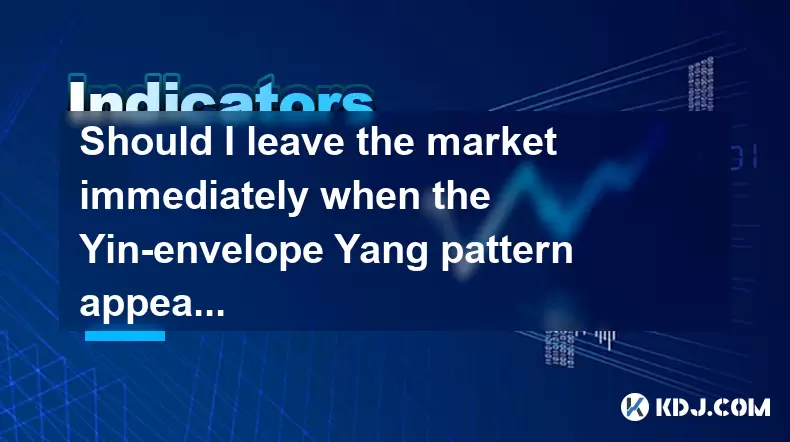
Understanding the Yin-envelope Yang Pattern in Cryptocurrency Trading
The Yin-envelope Yang pattern is a candlestick formation that often signals a potential reversal from a downtrend to an uptrend. In the context of cryptocurrency trading, where volatility is high and price movements can be abrupt, understanding such patterns becomes crucial for making informed decisions. The Yin-envelope Yang occurs when a bearish (Yin) candle is followed by a bullish (Yang) candle that completely 'envelops' the previous candle's range. This means the second candle opens lower than the close of the first but then rallies to close higher than the open of the first.
This pattern suggests that buyers have taken control after a period of selling pressure.
However, in the crypto market, especially with assets like Bitcoin or Ethereum, this pattern may not always lead to a sustained upward trend. Traders must consider other factors before interpreting it as a reliable signal.
Why the Yin-envelope Yang Pattern Might Be Misleading in Crypto
Cryptocurrencies are known for their erratic behavior and susceptibility to external news events, regulatory changes, and whale activities. A Yin-envelope Yang candlestick might appear during a consolidation phase rather than a true reversal point. For example, if a coin has been falling due to profit-taking after a rally, a sudden positive tweet from a prominent figure could cause a sharp rebound—forming what looks like a reversal pattern.
- Market sentiment can shift rapidly in crypto, making candlestick patterns less reliable compared to traditional markets.
- Volume plays a critical role; if the engulfing candle appears on low volume, it may lack conviction.
Thus, relying solely on this pattern without additional confirmation tools like moving averages or RSI may lead to premature exits or entries.
How to Confirm the Validity of the Yin-envelope Yang Signal
Before deciding whether to exit your position based on the appearance of a Yin-envelope Yang, traders should look for confirming signals. These include:
- Higher-than-average trading volume accompanying the engulfing candle, indicating strong buyer participation.
- Breakout above key resistance levels following the pattern, which supports the idea of a new uptrend.
- Positive divergence in momentum indicators like MACD or RSI, showing weakening bearish pressure.
Failure to see these confirmations may suggest that the pattern is false or part of a larger consolidation phase.
What You Should Consider Before Exiting Your Position
If you're holding a cryptocurrency and a Yin-envelope Yang appears, the decision to exit shouldn't be made in isolation. Several factors need evaluation:
- Your original entry strategy: Did you enter based on technical analysis, fundamental value, or hype?
- Current profit or loss level: If you're already in profit, do you want to secure gains or ride the potential new trend?
- Broader market conditions: Is the overall crypto market bullish or bearish? Are major coins showing similar patterns?
Exits should align with your risk management plan and not be dictated purely by one candlestick pattern.
Alternative Actions Instead of Immediate Exit
Rather than exiting immediately upon seeing a Yin-envelope Yang, experienced traders may choose alternative strategies:
- Trailing stop-loss adjustment: Move your stop-loss closer to the current price to protect profits while allowing room for the trend to continue.
- Partial profit-taking: Sell a portion of your holdings and let the rest ride if the pattern confirms itself over the next few candles.
- Reassess support/resistance levels: Check if the asset is approaching a key area that could either reverse or continue the trend.
These actions help maintain flexibility and avoid emotional decision-making based on a single indicator.
Frequently Asked Questions
Can the Yin-envelope Yang pattern occur in sideways markets?Yes, it can appear during ranging markets, often leading to false signals. It’s essential to check for trend direction and volume to determine its significance.
Is the Yin-envelope Yang more reliable on higher timeframes?Generally, yes. Patterns observed on daily or weekly charts tend to carry more weight than those on hourly or minute-level charts because they reflect stronger market consensus.
Should I combine this pattern with Fibonacci retracement levels?Combining the Yin-envelope Yang with Fibonacci levels can enhance accuracy. If the pattern forms near a key retracement level like 61.8%, it increases the probability of a valid reversal.
Does the strength of the engulfing candle matter?Absolutely. A strong engulfing candle that closes near its high and shows minimal wick suggests robust buying pressure. Conversely, a weak candle with long shadows may indicate indecision among traders.
Disclaimer:info@kdj.com
The information provided is not trading advice. kdj.com does not assume any responsibility for any investments made based on the information provided in this article. Cryptocurrencies are highly volatile and it is highly recommended that you invest with caution after thorough research!
If you believe that the content used on this website infringes your copyright, please contact us immediately (info@kdj.com) and we will delete it promptly.
- Bitcoin, Altcoins, and Market Jitters: Navigating Crypto's Wild Ride
- 2025-10-19 00:25:17
- XRP Millionaire by 2030: Hopes, Hurdles, and How Much You Need
- 2025-10-19 00:25:17
- Falcons, 49ers, and the Odds: A Surprising Gridiron Story
- 2025-10-19 00:30:14
- Bitcoin's Next Decade: Will It Soar?
- 2025-10-19 00:45:12
- Ondo Finance, the SEC, and Tokenization: A New York Minute on Crypto's Regulatory Dance
- 2025-10-19 00:45:12
- Crypto, Million, Play: Is Digitap the Next Big Thing?
- 2025-10-19 01:05:16
Related knowledge
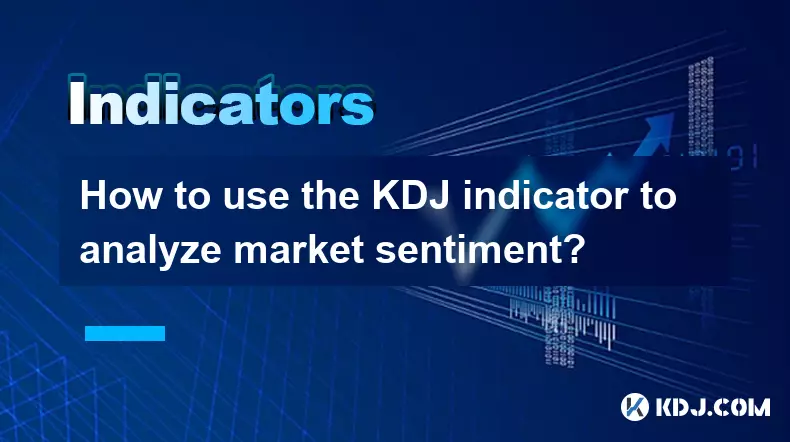
How to use the KDJ indicator to analyze market sentiment?
Oct 18,2025 at 07:18pm
Understanding the KDJ Indicator in Cryptocurrency Trading1. The KDJ indicator, also known as the Stochastic Oscillator, is a momentum-based technical ...
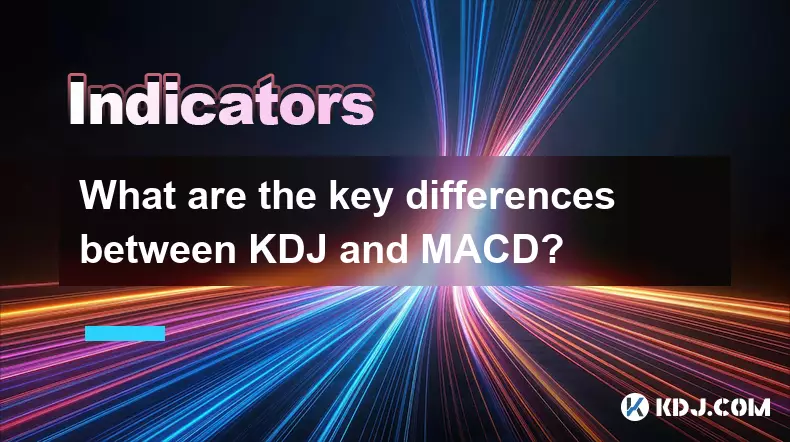
What are the key differences between KDJ and MACD?
Oct 18,2025 at 04:54am
KDJ Indicator: Core Mechanics and Usage1. The KDJ indicator is a momentum oscillator that combines the features of the Stochastic Oscillator with an a...
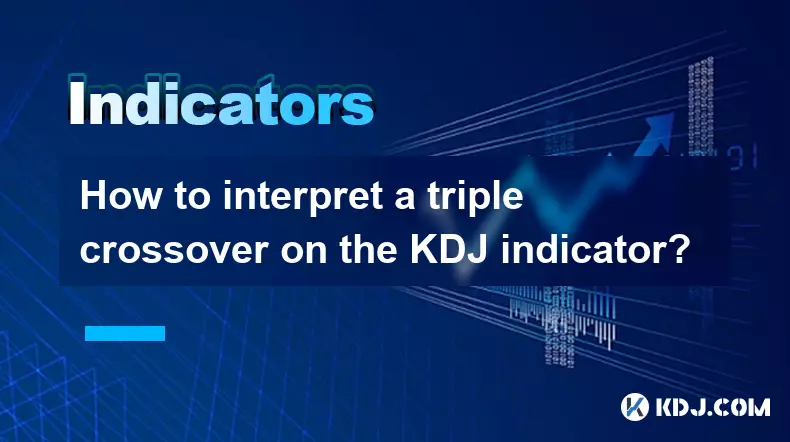
How to interpret a triple crossover on the KDJ indicator?
Oct 18,2025 at 01:54pm
Understanding the Triple Crossover in KDJ Indicator1. The KDJ indicator, a derivative of the Stochastic Oscillator, consists of three lines: K, D, and...
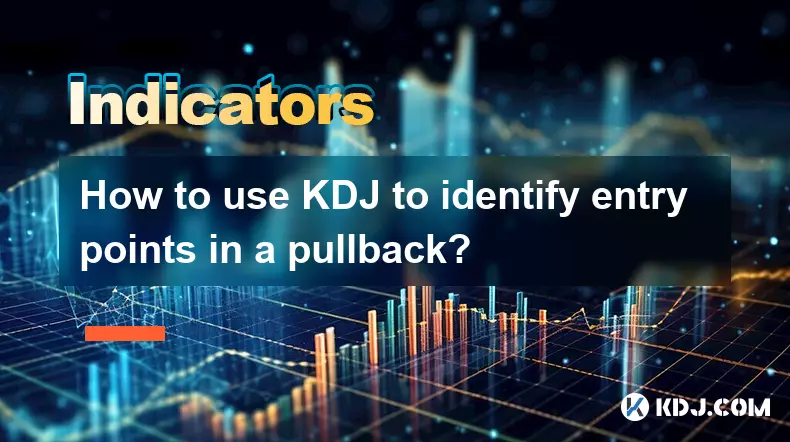
How to use KDJ to identify entry points in a pullback?
Oct 18,2025 at 09:36am
Understanding KDJ in the Context of Pullbacks1. The KDJ indicator, an extension of the stochastic oscillator, consists of three lines: %K, %D, and %J....
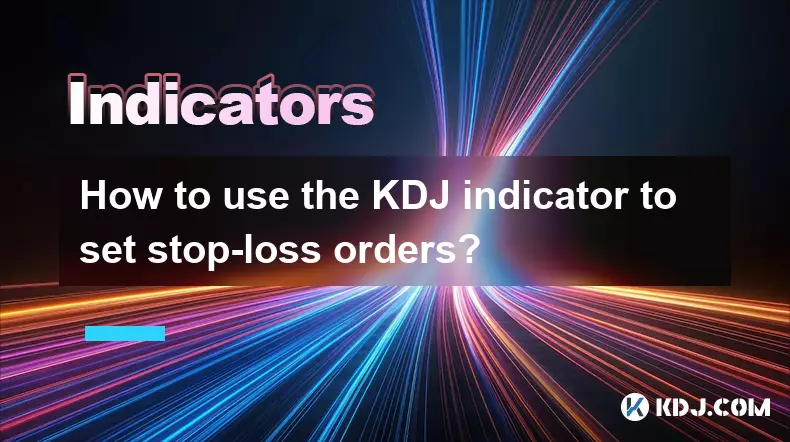
How to use the KDJ indicator to set stop-loss orders?
Oct 18,2025 at 05:18am
Understanding the KDJ Indicator in Cryptocurrency Trading1. The KDJ indicator, also known as the Stochastic Oscillator with J-line adjustment, is wide...
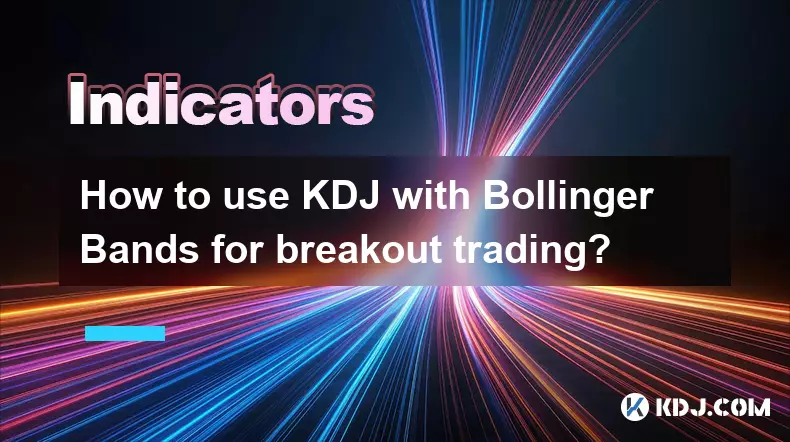
How to use KDJ with Bollinger Bands for breakout trading?
Oct 18,2025 at 09:54pm
Understanding KDJ and Bollinger Bands in Crypto Markets1. The KDJ indicator, an adaptation of the stochastic oscillator, combines %K, %D, and %J lines...

How to use the KDJ indicator to analyze market sentiment?
Oct 18,2025 at 07:18pm
Understanding the KDJ Indicator in Cryptocurrency Trading1. The KDJ indicator, also known as the Stochastic Oscillator, is a momentum-based technical ...

What are the key differences between KDJ and MACD?
Oct 18,2025 at 04:54am
KDJ Indicator: Core Mechanics and Usage1. The KDJ indicator is a momentum oscillator that combines the features of the Stochastic Oscillator with an a...

How to interpret a triple crossover on the KDJ indicator?
Oct 18,2025 at 01:54pm
Understanding the Triple Crossover in KDJ Indicator1. The KDJ indicator, a derivative of the Stochastic Oscillator, consists of three lines: K, D, and...

How to use KDJ to identify entry points in a pullback?
Oct 18,2025 at 09:36am
Understanding KDJ in the Context of Pullbacks1. The KDJ indicator, an extension of the stochastic oscillator, consists of three lines: %K, %D, and %J....

How to use the KDJ indicator to set stop-loss orders?
Oct 18,2025 at 05:18am
Understanding the KDJ Indicator in Cryptocurrency Trading1. The KDJ indicator, also known as the Stochastic Oscillator with J-line adjustment, is wide...

How to use KDJ with Bollinger Bands for breakout trading?
Oct 18,2025 at 09:54pm
Understanding KDJ and Bollinger Bands in Crypto Markets1. The KDJ indicator, an adaptation of the stochastic oscillator, combines %K, %D, and %J lines...
See all articles
























